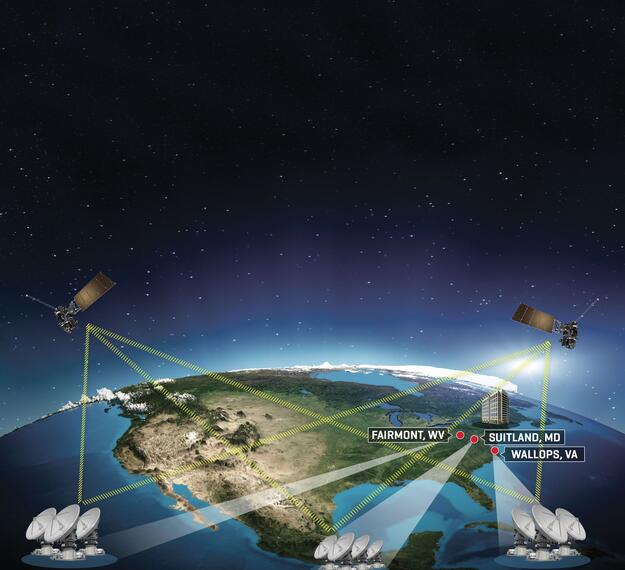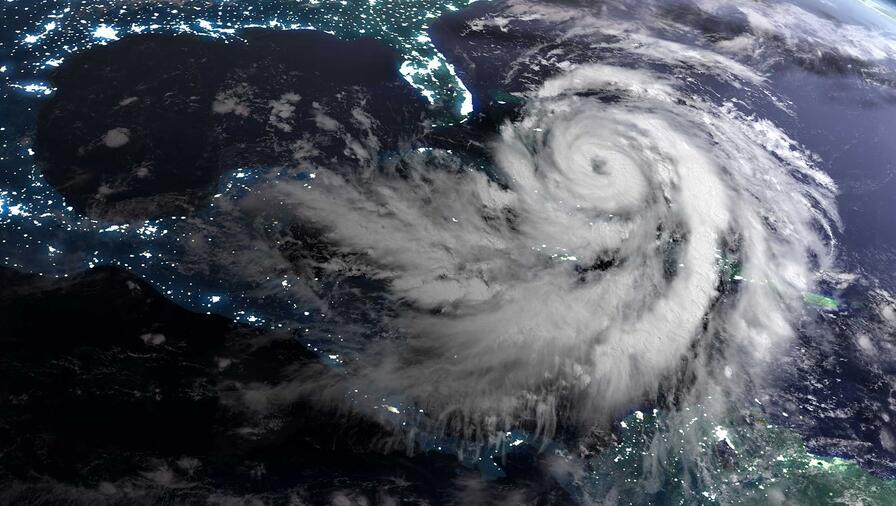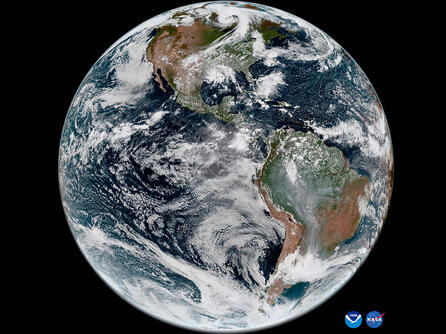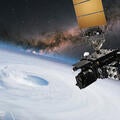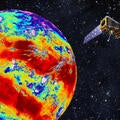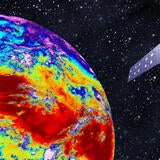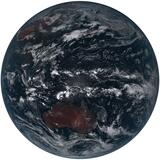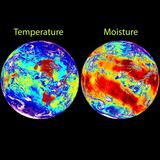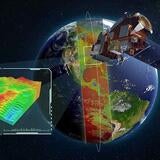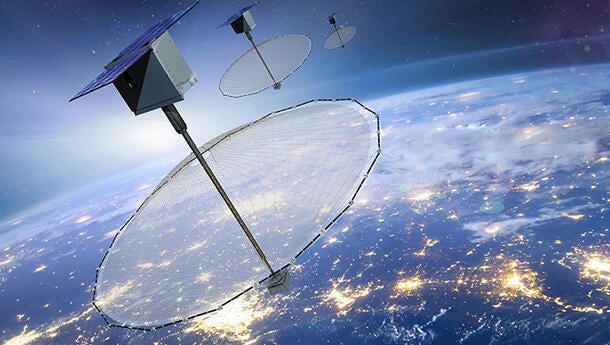ENABLING GOES-R SERIES ON THE GROUND
Managing a growing constellation of satellites and sensors, rapidly processing even larger volumes of data and quickly delivering information and products to users worldwide requires a scalable ground system. L3Harris built NOAA’s GOES-R Ground System to support the entire GOES-R constellation and future Space Weather Follow-On (SWFO) satellites. Drawing on its experience building this sophisticated ground system, L3Harris’ next generation ground system architecture will empower NOAA to focus on the mission rather than hardware and facilities.
L3Harris’ enterprise cloud-based services, high-performance computing, machine learning and artificial intelligence technologies ensure NOAA can cost-effectively keep pace with future data rate and volume demand. This highly scalable ground system architecture is expandable to support additional satellites and missions while maintaining high-throughput, low-latency data processing and high system reliability all with a reduced footprint.
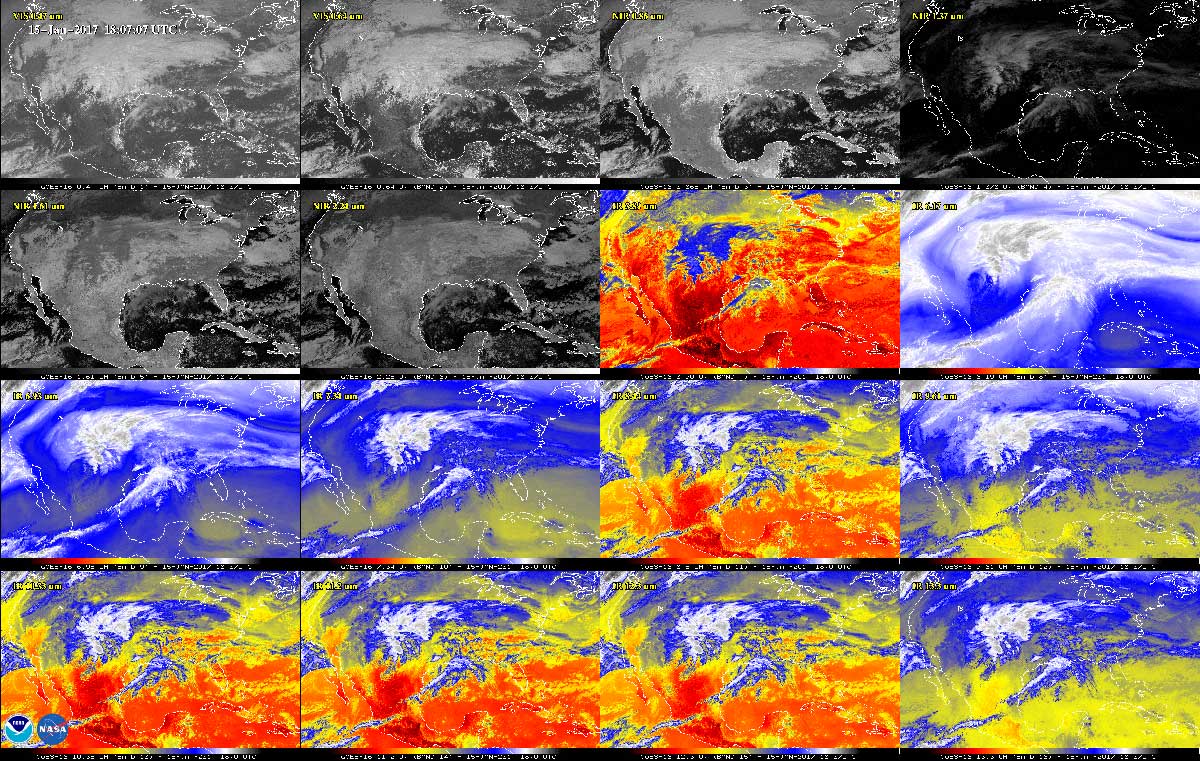
ABI on GOES-16 captures imagery in 16 visible and infrared bands (NOAA/NASA)
